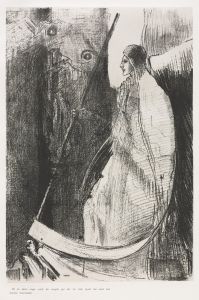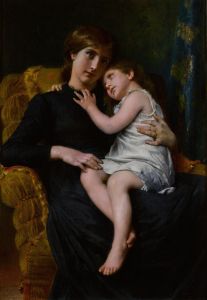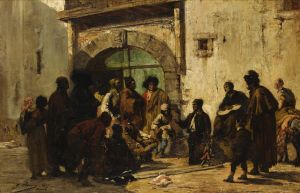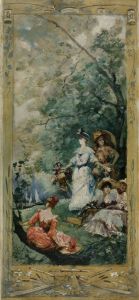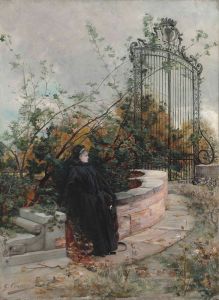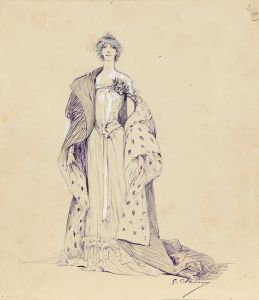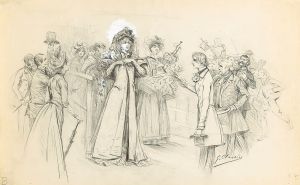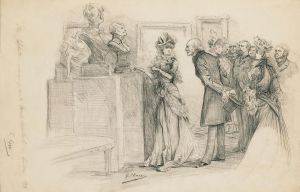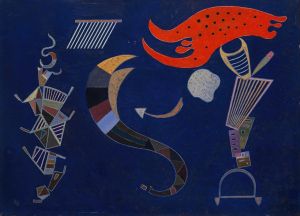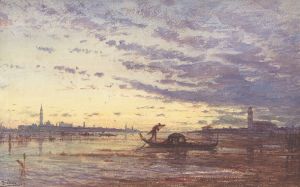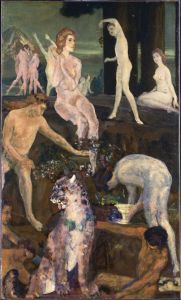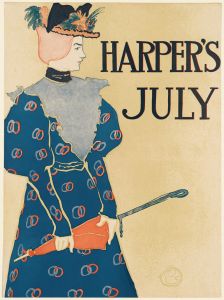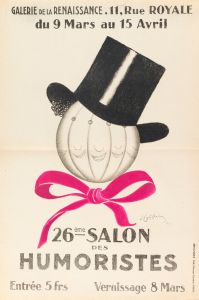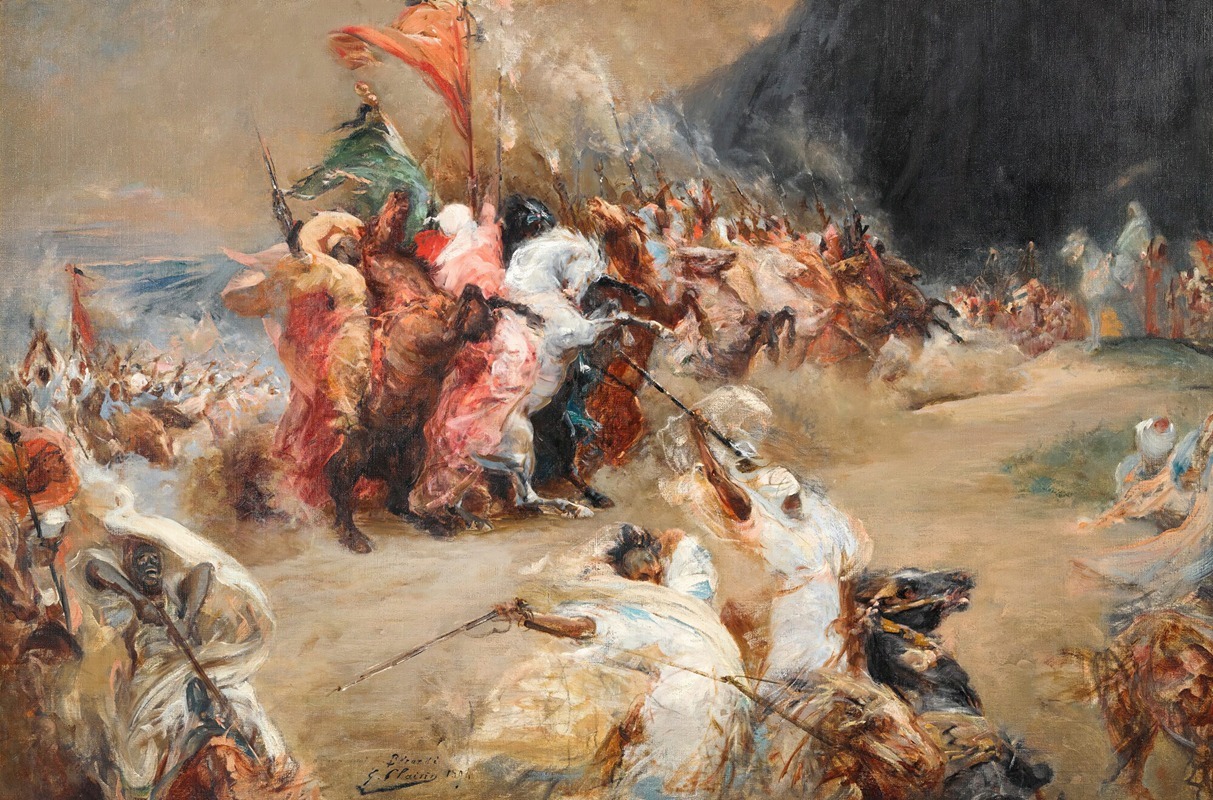
Fantasia
A hand-painted replica of Georges Jules Victor Clairin’s masterpiece Fantasia, meticulously crafted by professional artists to capture the true essence of the original. Each piece is created with museum-quality canvas and rare mineral pigments, carefully painted by experienced artists with delicate brushstrokes and rich, layered colors to perfectly recreate the texture of the original artwork. Unlike machine-printed reproductions, this hand-painted version brings the painting to life, infused with the artist’s emotions and skill in every stroke. Whether for personal collection or home decoration, it instantly elevates the artistic atmosphere of any space.
Georges Jules Victor Clairin (1843–1919) was a French painter and illustrator known for his portraits, historical scenes, and Orientalist works. One of his notable paintings is "Fantasia," which reflects his interest in Orientalism—a movement that depicted the Middle East, North Africa, and Asia in a romanticized and often exotic manner. Clairin's works often captured the allure and mystique of these regions, drawing on his travels and experiences.
"Fantasia" by Clairin is a vivid representation of a traditional North African or Middle Eastern equestrian performance, known as a fantasia. This cultural event typically involves a group of horsemen dressed in traditional attire, performing synchronized charges on horseback, often accompanied by the firing of rifles. The spectacle is both a display of horsemanship and a celebration of cultural heritage, deeply rooted in the traditions of the Maghreb region.
In the painting, Clairin captures the dynamic movement and vibrant energy of the fantasia. The composition is likely filled with rich colors and dramatic contrasts, characteristic of Orientalist art, which seeks to evoke the sensory experiences of the depicted scenes. The riders, possibly adorned in flowing garments and turbans, are shown in mid-gallop, their horses' manes and tails flowing in the wind. The background might include elements typical of the region's landscape, such as arid plains or distant mountains, enhancing the authenticity and setting of the scene.
Clairin's attention to detail and his ability to convey motion and emotion are evident in "Fantasia." His brushwork and use of light likely highlight the textures of the fabrics and the sheen of the horses' coats, creating a sense of immediacy and presence. The painting not only serves as a visual document of a cultural practice but also reflects the Western fascination with the "exotic" East during the 19th century.
Georges Clairin was part of a broader movement of artists and writers who were captivated by the cultures and landscapes beyond Europe. His travels to countries like Morocco and Algeria provided him with firsthand experiences that informed his work. Clairin's paintings, including "Fantasia," are part of a larger body of Orientalist art that, while often criticized for its stereotypical portrayals, also played a role in documenting and preserving aspects of these cultures.
"Fantasia" exemplifies Clairin's skill in capturing the essence of a moment and his ability to transport viewers to a different world. The painting remains a testament to his artistic talent and his contribution to the Orientalist genre, offering insights into the cultural exchanges and artistic explorations of his time.





